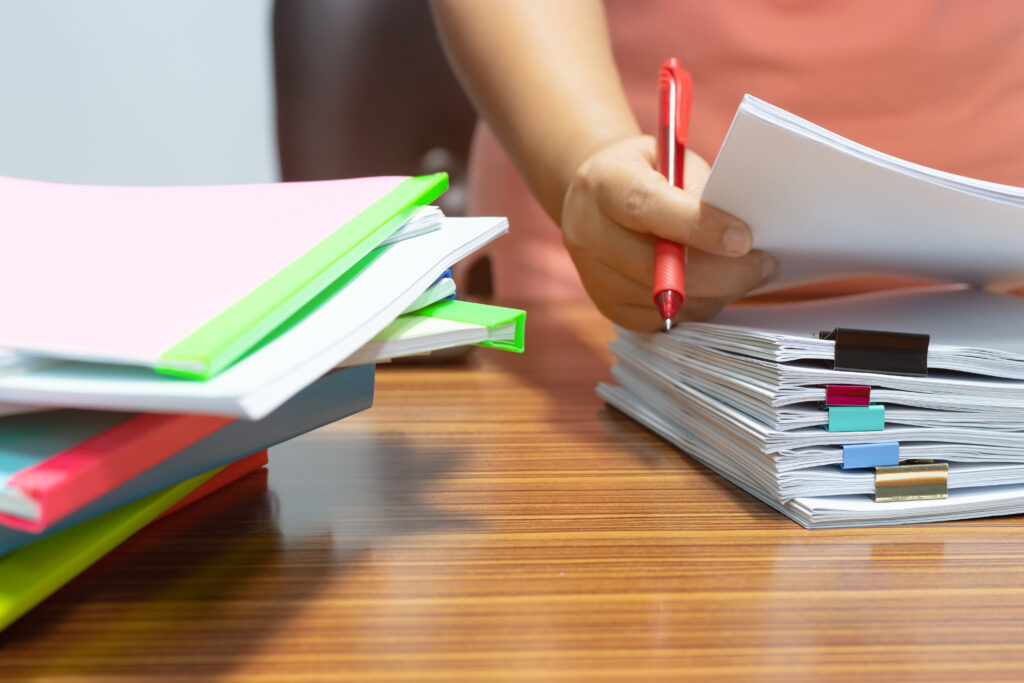This article originally appeared on The Student Housing Company blog.
So, you want to study in Australia. In order for your student visa application to be a success, you’ll need the right IELTS score. The IELTS results you need will vary depending on the course you’re going to study and which educational institution you’ve chosen.
We’ve put together a guide to everything you need to know about the IELTS so you can go into your test feeling confident and prepared.
WHAT IS THE IELTS?
The International English Language Testing System (IELTS) is the most popular English Language proficiency test in the world. It’s used for assessing the English skills of visa applicants who want to work, study or migrate to an English-speaking country, namely competency in reading, writing, listening and speaking. The test is accepted by over 10,000 organisations around the world, including education providers such as schools and universities, employers, immigration authorities, and professional bodies. You’ll find all universities and colleges in Australia will accept IELTS.
WHAT IELTS RESULTS DO YOU NEED?
If you want to study in Australia, education and immigration authorities need to know that you can actually do so in English. So, if you want their approval, you’ll need to do well in the IELTS test and get the required score.
The IELTS is divided into the following scores:
- 9 Expert User: Has fully operational command of the language.
- 8 Very Good User: Has fully operational command of the language, with occasional unsystematic inaccuracies.
- 7 Good User: Has operational command of the language, with occasional inaccuracies, inappropriacies and misunderstandings.
- 6 Competent User: Has generally effective command of the language, with some inaccuracies, inappropriacies and misunderstandings.
- 5 Modest User: Has partial command of the language.
- 4 Limited User: Has basic competence which is limited to familiar situations.
- 3 Extremely Limited User: Conveys and understands only general meaning in very familiar situations.
- 2 Intermittent User: No real communication is possible except for the most basic information using isolated words or short formulae in familiar situations and to meet immediate needs.
- 1 Non-User: Essentially has no ability to use the language beyond a few isolated words.
- 0 Did not attempt the test: This is pretty self-explanatory…
To apply for a Student Visa (Subclass 500), you’ll need a minimum of 5.5. This is a government requirement.
If your English isn’t up to the right standard, you still have options. If you’re planning on combining your studies with an English Language Intensive Course for Overseas Students (ELICOS), the minimum requirement is a little lower. Combined with a 10-week ELICOS course, the minimum is 5.0, and with a 20-week ELICOS course, the minimum drops again to 4.5.
For many universities in Australia, the requirements are much higher than this. With some of Australia’s top universities, you’ll likely need an undergraduate course minimum IELTS requirement of 6.0-6.5. Still, if you get below a 7.0, you’ll be asked to take a diagnostic language test on enrolment.
For postgraduate courses, the minimum requirement goes up to 7.0. This is subject to a lot of change depending on which MA or PhD program you plan on undertaking.
IELTS PREPARATION
The best way to get high IELTS scores and meet those requirements is to study (and study some more). Here are a few tips for preparing for your test.
1. Familiarise Yourself With The IELTS Format
Getting to know the format is strongly advised for native English speakers as well. It’s easy to feel overconfident about the test when you’ve been using English your whole life, but if you want the best possible score, you need to familiarise yourself with the test format.
Find out what kinds of questions and task types will be in the different testing sections. The IELTS test format is laid out in the following sections:
Listening (30 minutes)
You will listen to four recordings of native English speakers and provide answers to a series of questions.
- Recording 1 – a conversation between two people set in an everyday social context.
- Recording 2 – a monologue set in an everyday social context.
- Recording 3 – a conversation between up to four people set in an educational or training context.
- Recording 4 – a monologue on an academic subject.
You’ll be assessed on your ability to understand the main ideas and factual information, the opinions and attitudes of the speakers, the purpose of an utterance, and your ability to follow the development of the conversation ideas.
Reading (60 minutes)
In this section, you’re given 40 questions that test your reading skills: reading for the overall point, main ideas, detail, skimming, understanding logical argument, and recognising a writer’s opinion and purpose. The reading section includes extracts from books, magazines, newspapers, notices, and other materials you’ll encounter on a daily basis in an English-speaking environment.
Writing (60 minutes)
You’ll be given two tasks:
- You’ll be presented with a situation and asked to write a request letter (either personal, semi-formal, or formal style)
- You’ll write an essay in response to a point of view, argument, or problem.
Speaking (11-14 minutes)
- Part 1 – the examiner will ask you general questions about yourself and a range of familiar topics, such as home, family, work, studies and interests.
- Part 2 – you’ll be given a card that asks you to talk about a particular topic. The examiner will then ask one or two questions on the same topic.
- Part 3 – you will be asked further questions about the topic in Part 2. These will give you the opportunity to discuss more abstract ideas and issues.
All of these sections will be assessed in less than three hours, usually around two hours and 45 minutes.
If all of this sounds a little overwhelming, you have the option of completing the Speaking component separately. You can sit the Speaking assessment up to a week before or after the other tests.
As a side note, you should also check out the Notice to Candidates and Declaration, which will take you through the IELTS rules and regulations.
2. Do Sample Tests
Sample tests are a great way to better understand the IELTS exam. The IELTS website offers a selection of sample test questions that you can run through in your spare time to help you study. This is one of the best ways to become familiar with the types of questions that you’ll be asked, as well as an indication of how you’ll perform in the real IELTS test.
3. Use the Official IELTS Practice Materials
If you’re after some additional resources, you can purchase the Official IELTS Practice Materials CD from your local testing centre. This comes in two volumes that offer comprehensive samples of the Listening, Reading, Writing and Speaking tests.
They feature sample answers and examiner comments. These are the only practice materials officially endorsed by IELTS partners, so if you’re going to buy any study resources, make it these ones.
4. Try A Preparation Course
If you feel like you need extra assistance with test preparation, find your local IELTS centre or English language school. You can attend a preparation course, where you’ll get plenty of tuition assistance to improve your performance. There’s also the option to do one-on-one or group courses with a tutor. It all depends on what kind of learning environment suits you.
IELTS REGISTRATION
This is a bit of an obvious tip, but if you want to sit the IELTS exam, you’ll need to register. Booking fees are $330 AUD, but of course, if you’re sitting the test overseas, the fee will be in your local currency.
Find A Test Centre
There are more than 1,100 IELTS test centres around the world, so you shouldn’t have any trouble finding one near you. You can also sit the test at various educational institutions in your home country.
Additionally, you have the option of doing the test online with a Computer Delivered IELTS test format. The computer-delivered option will cover the Listening, Reading and Writing sections, but the Speaking test remains face-to-face.
Register
Registration is easy, as you can register and pay online. You can also download an online application form, fill it out, and bring it along to your testing location. Then, it’s just a matter of confirming a date and time for your test. Once your booking’s complete, you’ll be sent a written confirmation with the details.
SUCCEEDING IN THE IELTS EXAM
Once the test day has arrived, make sure you bring identification so examiners have proof that you are actually you!
IELTS results get released 13 days after you sit the test. You can pick up your Test Report Form from the testing centre or have it mailed to you. If you want to save yourself even more effort, you can get your Test Report Form sent to five organisations of your choice for free.
Ensure you keep your copy safe and locked up, because you can’t have a replacement made – and you won’t want to re-sit the test if you don’t have to.
For those of you feeling a little dissatisfied with your test scores, you can take the test again as much as you want. If you do have to re-sit the test, run through a few more practice tests, speak English to every person you pass in the street, re-register, and ace your exam in round two!





